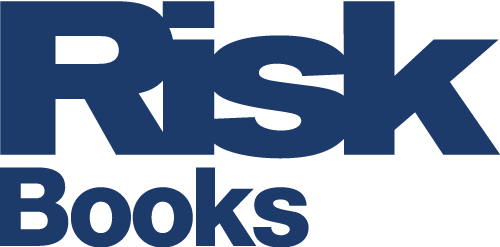Inflation Markets
Inflation Markets
Paul Canty and Markus Heider
Couldn't load pickup availability
Product description
Share
More information
About the Author
Paul Canty is a Managing Director and European Head of Inflation Trading at UBS in London. He has had several technical articles published in the field of inflation-linked securities and he was a contributing author to the book ‘Inflation Risks and Products’ published by Risk Books. Paul holds a BSc in Mathematics from Nottingham University and an MSc in Financial Mathematics from Kings College London. He started his career as a Chartered Accountant with Ernst & Young.
Markus Heider is Global Head of Inflation Research at Deutsche Bank Global Markets. Before joining DB he was a university lecturer. Markus holds a PhD in economics with a dissertation topic on inflation. He has been a speaker at numerous inflation conferences.
Table of contents
1 Consumer Price Inflation
1.1 Introduction
1.2 Consumer Price Indices
1.3 Some conceptual issues
1.4 Time series decomposition
1.5 Seasonality in CPIs
1.6 Extracting the trend—indicators of ‘core’ inflation
1.7 Forecasting inflation
1.8 Appendix
2 Inflation-linked Bonds
2.1 Introduction
2.2 Inflation protection
2.3 ILB conventions for main issuers
2.4 Real Yields
2.5 Breakeven Inflation
2.6 Seasonality & Carry
2.7 Risk measures
2.8 Beta and bond hedging approaches
2.9 Risk management approaches
2.10 Appendix
3 Inflation-linked Derivatives
3.1 Introduction
3.2 Zero coupon inflation swaps
3.3 Inflation-linked asset swaps
3.4 Year-on-year inflation swaps
3.5 Exchange traded futures markets
3.6 Inflation options
3.7 Indices – bond and swap total return indices
3.8 Appendix
4 Pricing and modelling inflation-linked derivatives
4.1 Introduction
4.2 Building an inflation curve
4.3 Calibrating the inflation curve
4.4 Constructing the short end of the curve
4.5 Curve classification
4.6 Valuing derivatives
4.7 Appendix
5 Assessing relative value in inflation-linked markets
5.1 Introduction
5.2 Adjusting ILB valuations for seasonality
5.3 Adjusting ILB valuations for optionality
5.4 The real bond yield curve as a benchmark
5.5 The nominal swap curve as a benchmark: Simple ASW measures
5.6 Assessing ILB value relative to the nominal bond curve
5.7 A synthetic nominal bond as fair comparator
5.8 The nominal bond curve as a benchmark: CPI swap richness
5.9 The inflation basis
6 Supply and demand for inflation-linked products
6.1 Introduction
6.2 Supply of inflation
6.3 Demand for inflation
6.4 Inflation-linked asset swappers
6.5 Inflation as a funding tool
6.6 Inflation within other asset classes
6.7 Appendix – constructing an amortising ILB to hedge a real annuity
7 The drivers of breakeven inflation
7.1 Introduction
7.2 Inflation expectations
7.3 Risk and liquidity premia
7.4 The inflation risk premium
7.5 The Liquidity Premium
7.6 Modelling breakeven inflation
8 The main inflation markets
8.1 Introduction
8.2 The US market
8.3 The Euro-area market
8.4 The UK market
8.5 The Brazilian market
8.6 The Japanese market
8.7 The Canadian market
8.8 The Swedish market
8.9 The Australian market
8.10 Other markets
